
|
|
|
| synonym |
|
| description |
Red or orange color pattern on an otherwise yellowish-white background. The pattern on the wings is a continuous reddish-orange zig-zag, with the marks on each wing visually connecting with each other along the commissure; the zig-zag through the apical cells is dark gray to black. There is a dark spot on the costal margin of each wing, but the apical cells lack any dots. The vertex has orange parallel submedial lines, thin in some specimens and broader in others, and there is often a lateral branch; the midline is pale. The anteclypeus is pale, concolorous with the rest of the face. The pronotum has a Y-shaped yellow to red mark in the middle and a concolorous line on the lateral margins. The mesonotum is entirely pale, with the apex concolorous with the rest of the mesonotum. The thoracic venter has a dark mesosternum, the rest is pale. Adults are 3.3-3.7 mm long. (Dmitriev & Dietrich, 2007) |
| distribution |
Eastern United States, primarily in the Appalachian Mountains (3I) |
| abundance |
One recent record from the mountains, likely undercollected and therefore more abundant in the right habitat, particularly in this part of the state as it was previously reported from across the border in Tennessee in GSMNP. |
| seasonal_occurrence | |
| habitat |
|
| plant associates |
Common witch-hazel (Hamamelis virginiana) (3I) |
| behavior |
|
| comments |
This species is perhaps most similar in our area to E. ziczac. Both species have a similar forewing pattern with oblique vittae forming a continuous zigzag pattern. However, in E. ziczac, the zigzag on each wing does not come into contact with the zigzag on the other wing, with a noticeable white commissural area dividing the two marks; in E. fiduciaria, the zigzags meet somewhat in the middle along the commissure. Perhaps more definitive is the pattern at the wing tips. In ziczac, the forewings have a distal black spot in the second apical cell and a brown spot basally in the inner apical cell (top apical cell). In fiduciaria, the apical cells lack any dots. For more information and some pictures of specimens of both species, see: fiduciaria and ziczac. |
status |
[Native:]
[Introduced:]
[Extirpated:] | | list_type |
[Official:]
[Provisional:] |
| adult_id | Unmistakable and widely known Identifiable from good quality photos of unworn specimens
Identifiable from photos showing undersides, or other specialized views [e.g., legs, face]
Identifiable only by close inspection of structural features or by DNA analysis NULL |
| nymph_id | Unmistakable and widely known Identifiable from good quality photos, especially where associated with known host plants
Identifiable from close inspection of specimens or by DNA analysis
Identifiable only through rearing to adulthood NULL |
| G_rank |
|
| S_rank |
|
| rank_comments |
|
| tribe |
Erythroneurini |
| subgenus |
|
Species Photo Gallery for Erythroneura fiduciaria No Common Name |
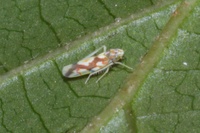 | Photo by: Scott Bolick
Mitchell Co.
Comment: | 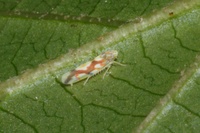 | Photo by: Scott Bolick
Mitchell Co.
Comment: |
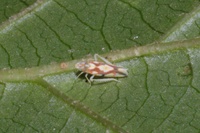 | Photo by: Scott Bolick
Mitchell Co.
Comment: | 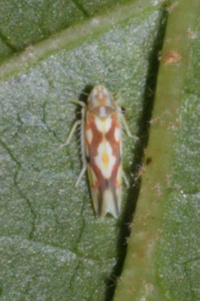 | Photo by: Scott Bolick
Mitchell Co.
Comment: |
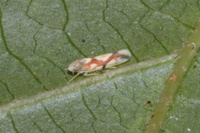 | Photo by: Scott Bolick
Mitchell Co.
Comment: | 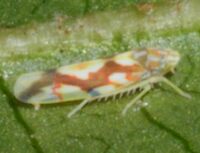 | Photo by: Scott Bolick
Mitchell Co.
Comment: |
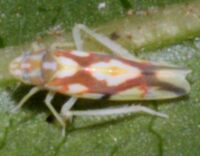 | Photo by: Scott Bolick
Mitchell Co.
Comment: | 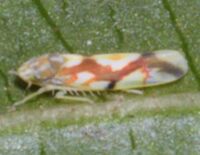 | Photo by: Scott Bolick
Mitchell Co.
Comment: |
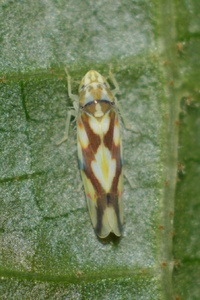 | Photo by: Scott Bolick
Wilkes Co.
Comment: | 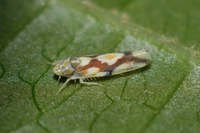 | Photo by: Scott Bolick
Wilkes Co.
Comment: |
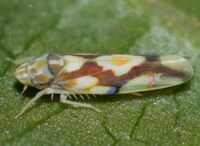 | Photo by: Scott Bolick
Wilkes Co.
Comment: |

 »
»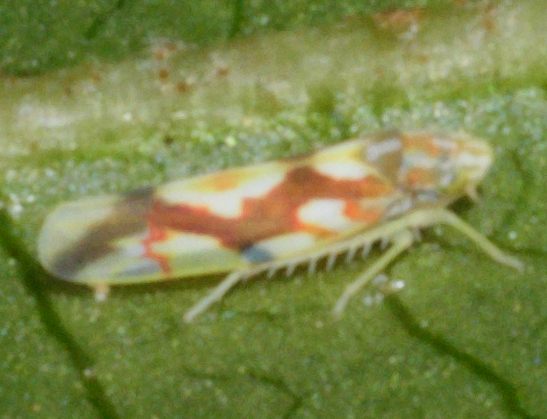
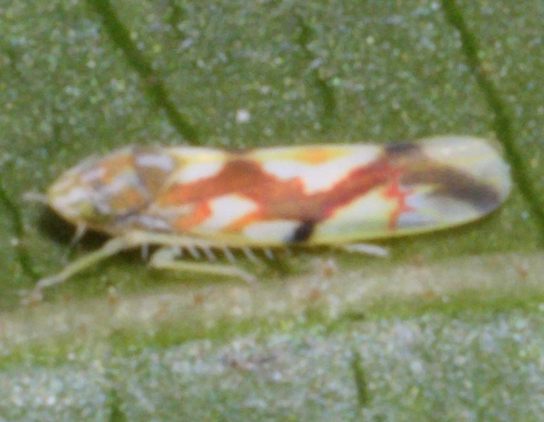
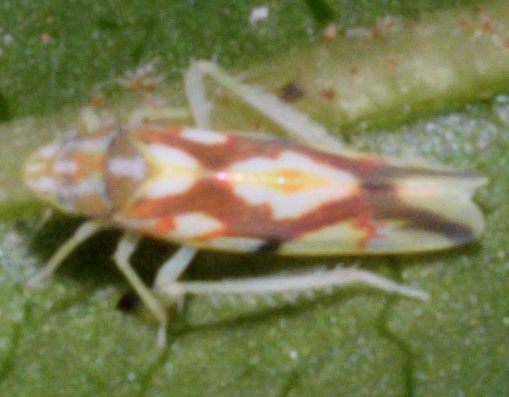
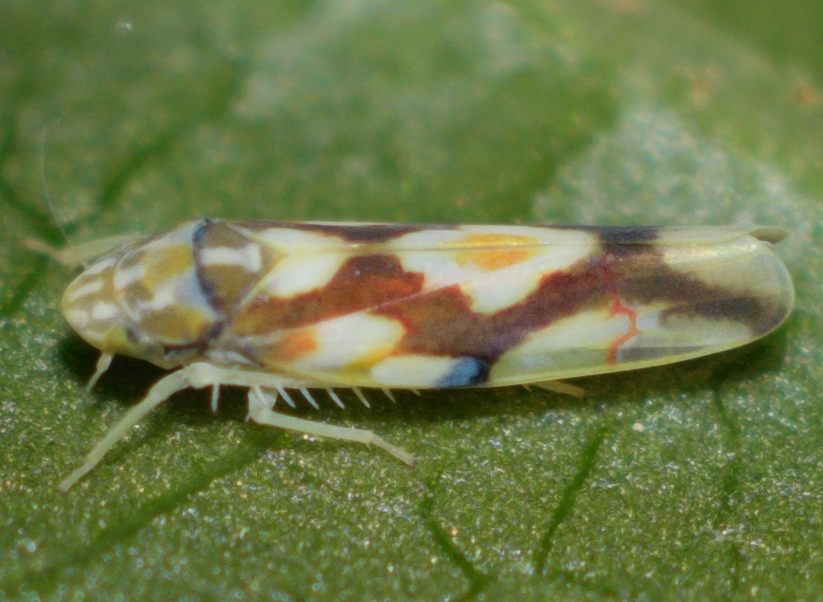

 »
»


